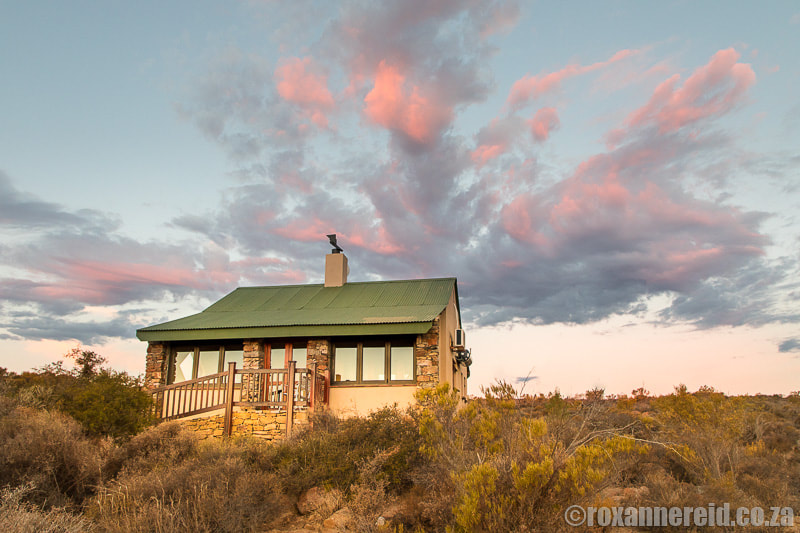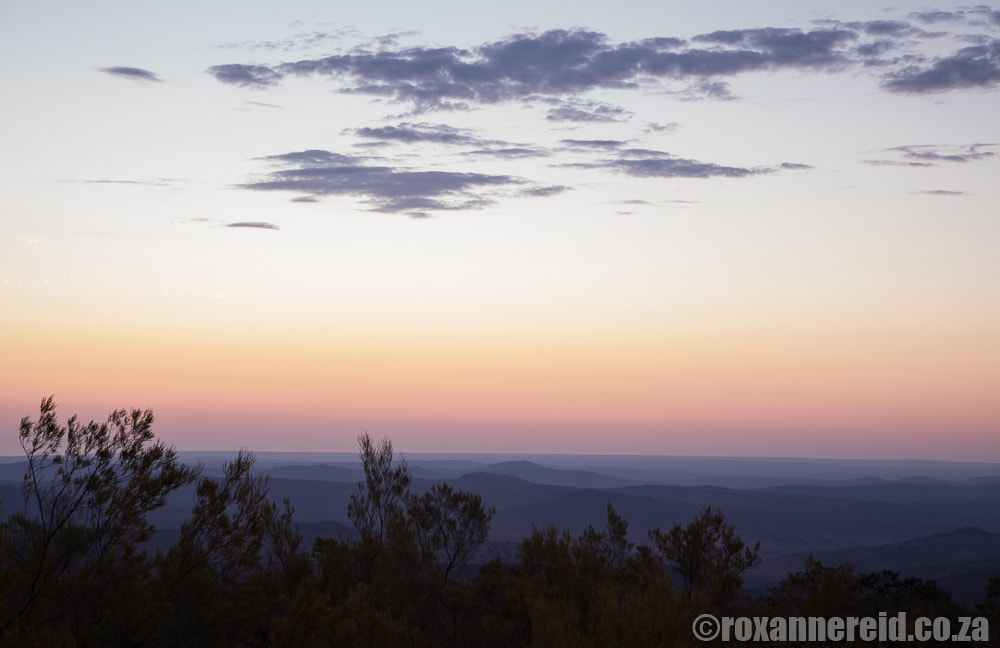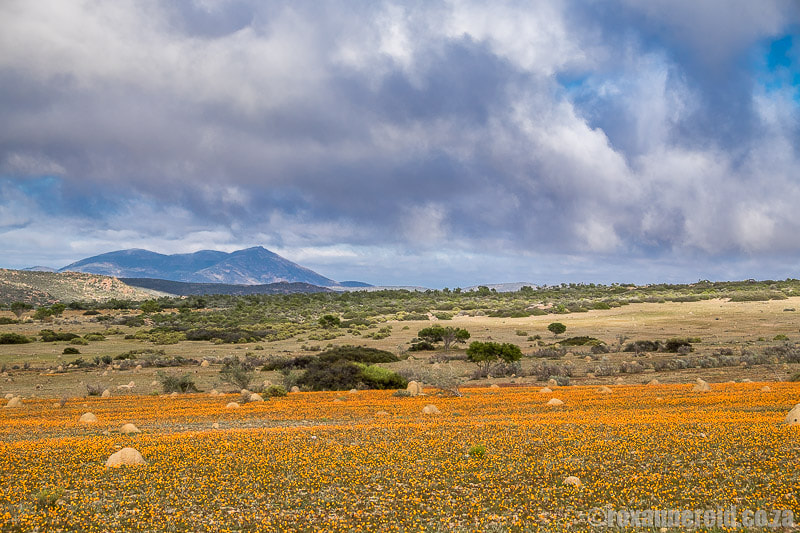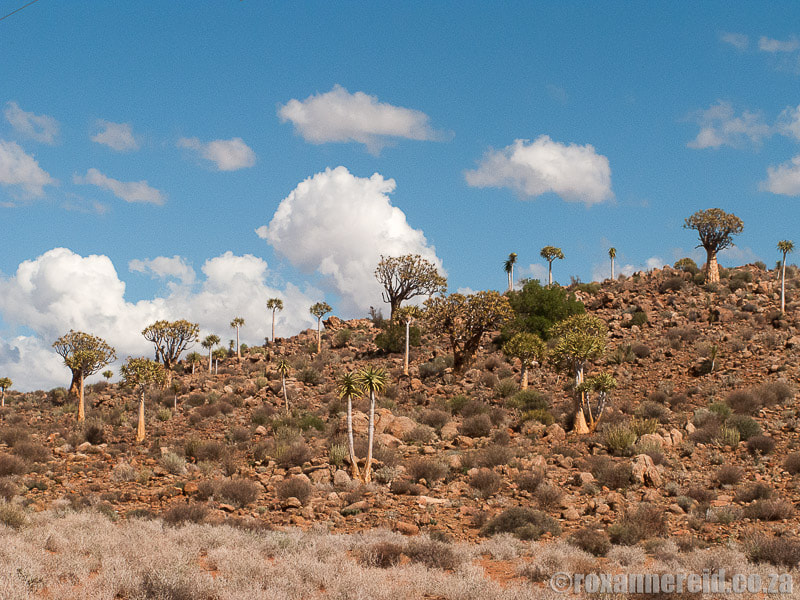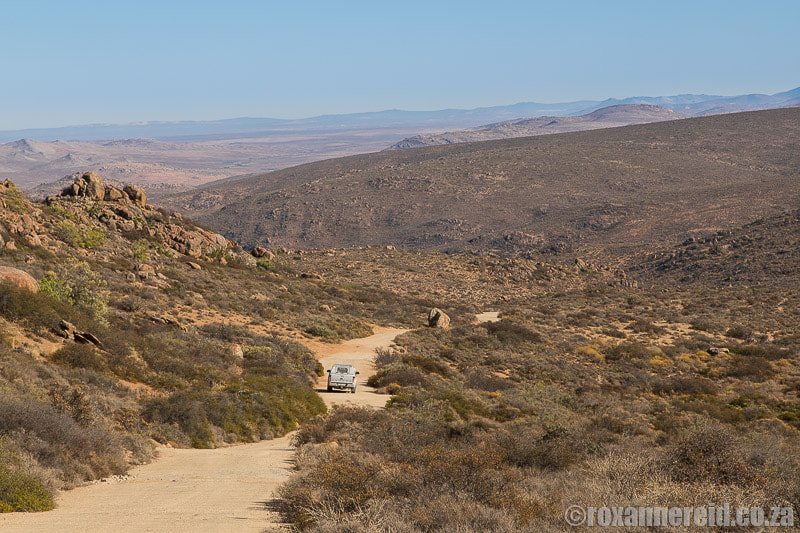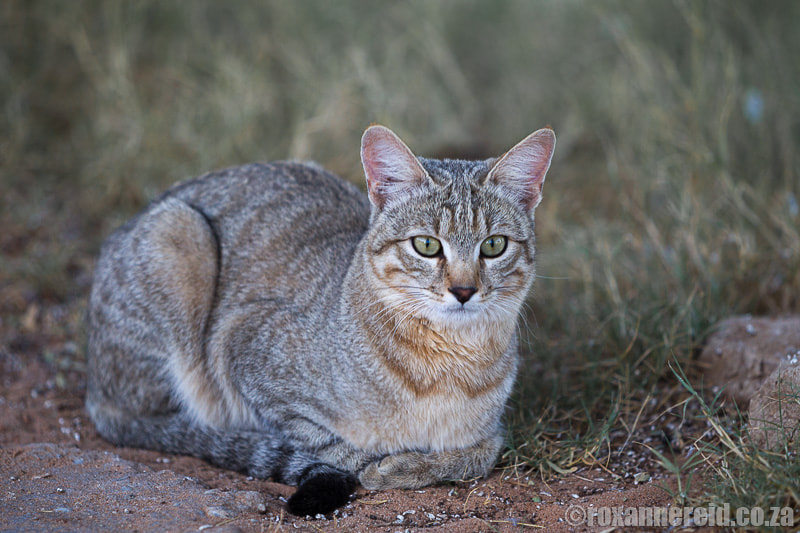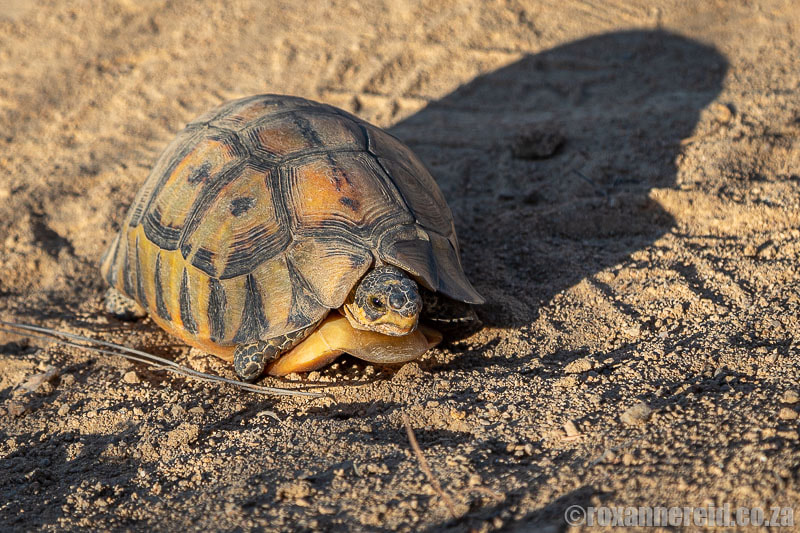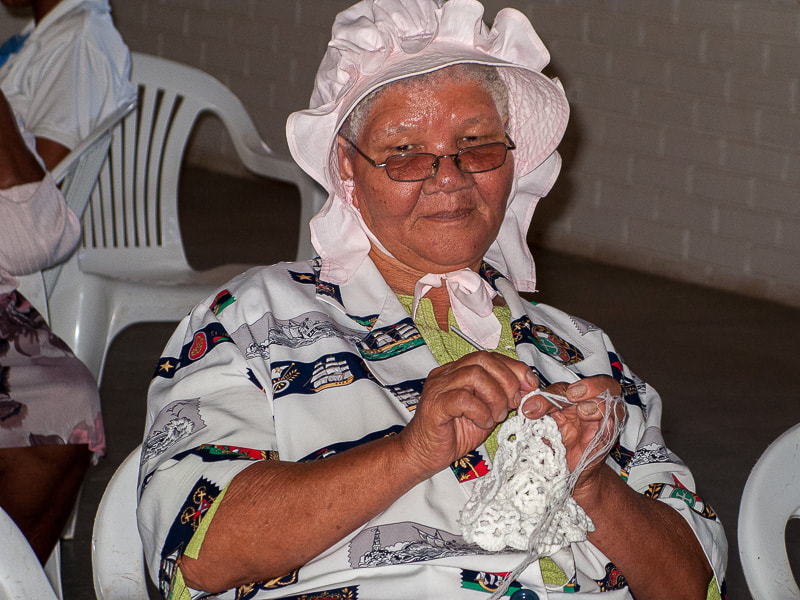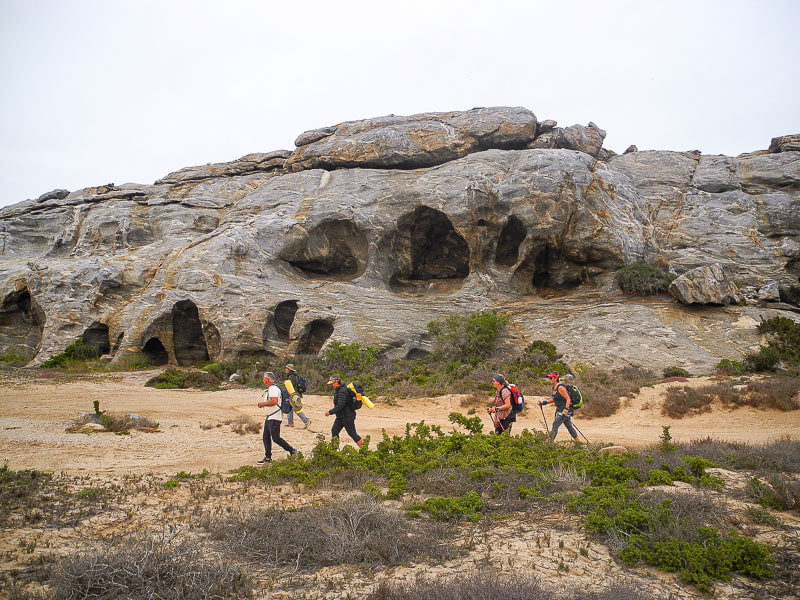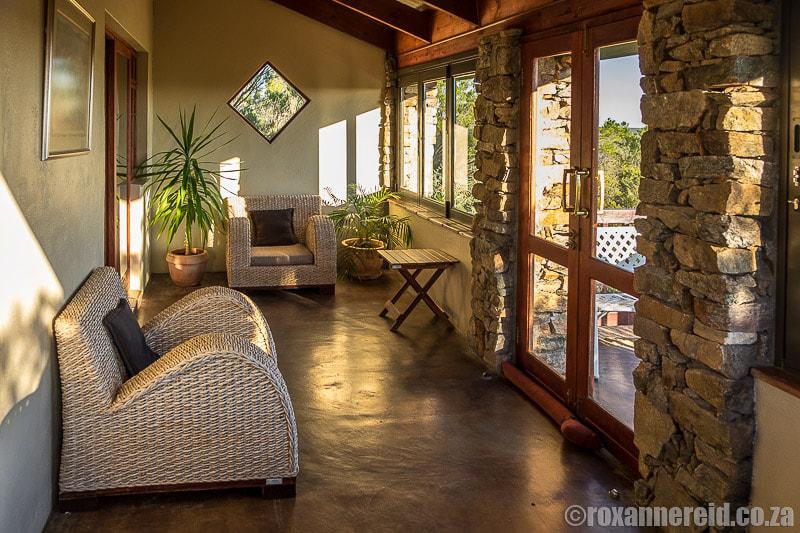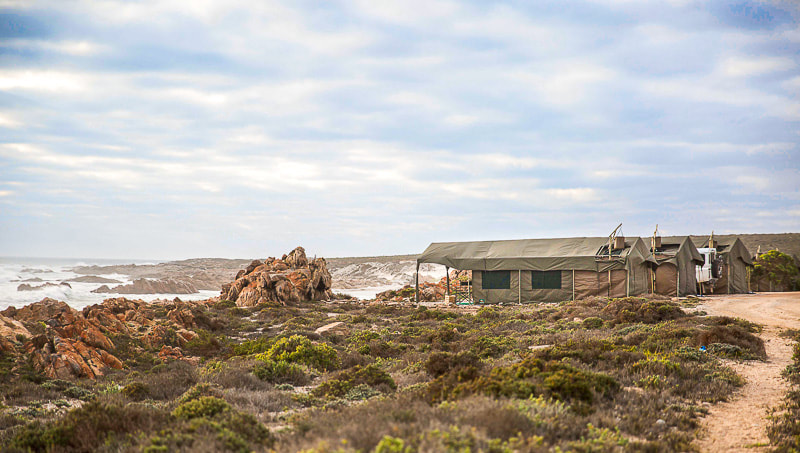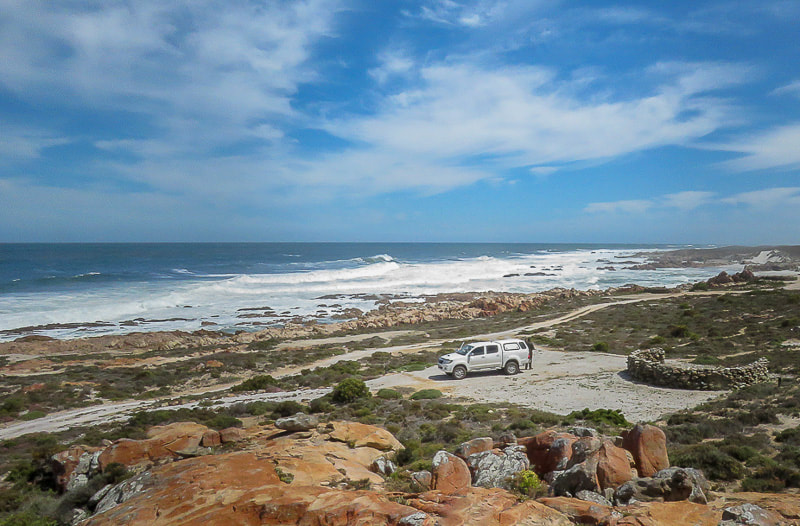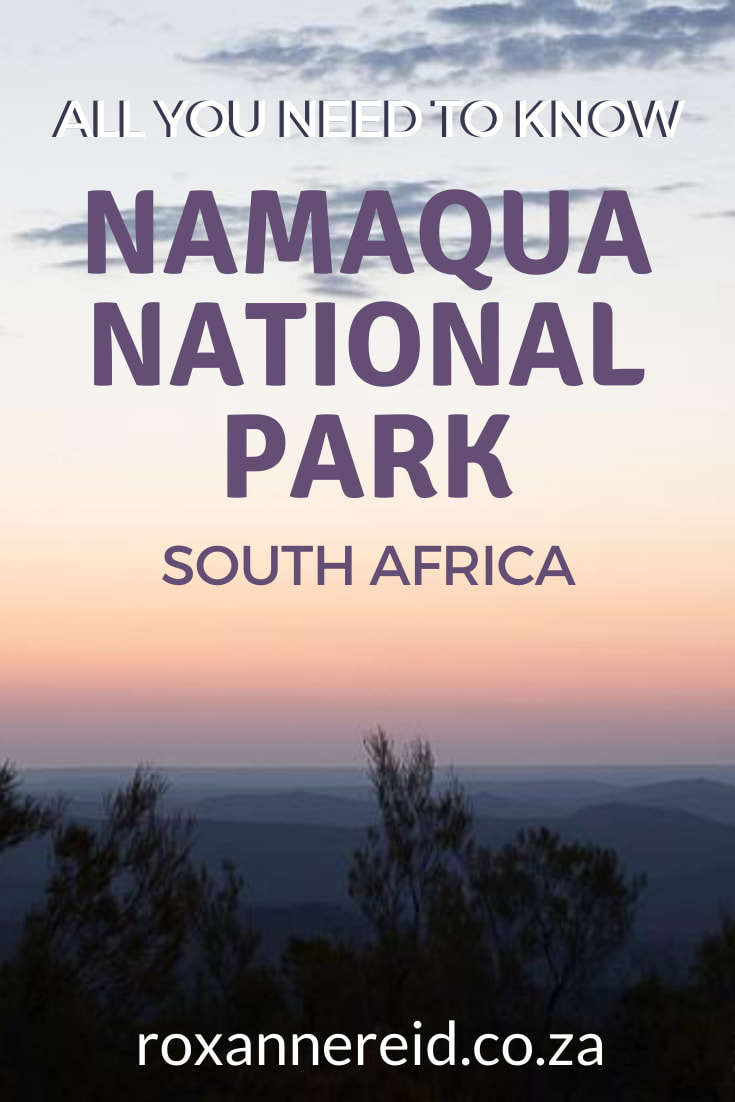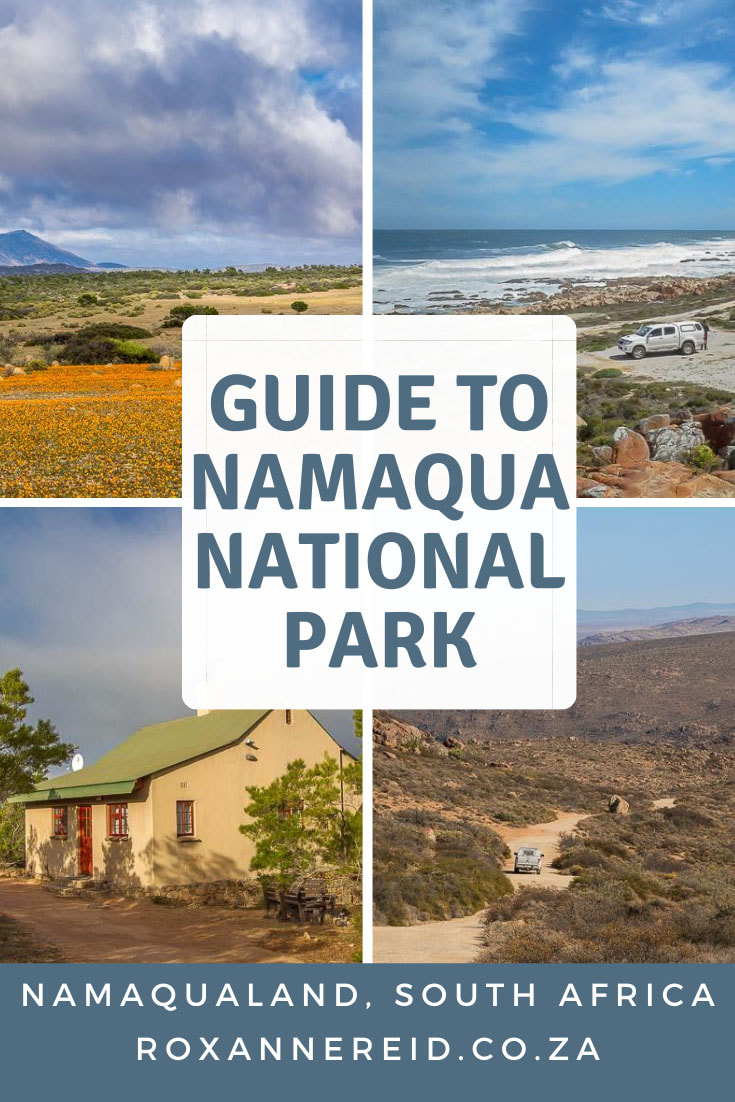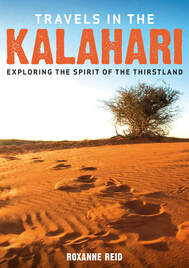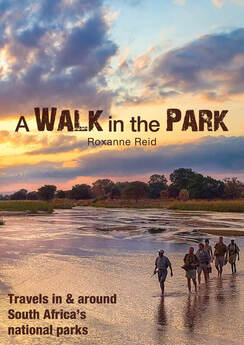Think carpets of spring flowers, giant rock formations, star-filled night skies and the pounding of the Atlantic Ocean. This is the Namaqua National Park south-west of Springbok in South Africa’s Northern Cape. Here’s a guide to everything you need to know.
Namaqua National Park is part of the semi-desert Succulent Karoo biome, which is the richest bulb flora of any arid region in the world. This is what the park was established to conserve, first as the Skilpad Wildflower Reserve in 1988, which was later incorporated into the park when it was founded in 2002. The coastal section between the Groen and Spoeg rivers was added as part of the park in 2008.
The extraordinary plant life is just one aspect of this special patch of nature. If you explore both sections of the park, you’ll find mammals and birds, rocks and tidal pools, caves and shifting white dunes, rolling hills and mountain passes, fossilised termite mounds and areas of large rounded boulders.
Namaqua National Park is about 500km north of Cape Town. To get to the main Skilpad office, take the N7 and turn off to Kamieskroon. Turn left at the hotel (instead of right to the town) and follow the gravel road that passes underneath the N7. Continue west for 21km to get to the park.
To get to the Groenrivier Gate in the coastal section, take the N7 north from Cape Town and turn off to Garies. Pass through the town and turn west toward Groenrivier. Follow the gravel road for about 73km to the park’s entrance. The office is about 500m beyond the gate.
Getting around
Namaqua National Park is a place where the 4x4 is king. The Groenrivier coastal section is soft sand and the gravel road that connects it to the Skilpad section is a 4x4 trail. But that doesn’t mean if you have a 2x4 sedan that you can’t visit the park. The Skilpad section further north-east is accessible by sedan – just drive slowly on the gravel road from Kamieskroon. There’s a short circular trail in this section that’s doable in a sedan too, so everyone can see the wild flowers in spring. Speed limit in the park is 50km/h, but often the condition of the road will mean you need to drive more slowly. Don’t forget to carry spare wheels and tools.
Namaqualand and the Namaqua National Park are in South Africa’s winter rainfall area, with most rain falling between June and August. Winter temperatures range from 7 to 19 degrees Celsius, while summers are hot and dry with temperatures that can get up to the low 40s. Spring is both the prettiest and the busiest season given the displays of wild flowers, but autumn can also be enjoyable and is a lot quieter. Autumn and winter see frequent mist but that usually clears by mid-morning. When a cold front is on its way in winter, the north-westerly wind is super cold and will cut right through you. In summer there are frequent south or south-easterly winds – a factor to consider when planning your coastal camping.
Facilities in the park
- Be self-sufficient because there’s no shop, restaurant or fuel in either section of the park. The nearest fuel to the Skilpad section is in Kamieskroon 21km away. The nearest fuel to the remote Groenrivier section is in Garies 73km away.
- Take your own firewood (and drinking/washing water if you’re camping at Groenrivier).
Things to do at Namaqua National Park
1. See the spring flowers
As a side note, spring isn’t the only time to see flowering plants. In autumn, for instance, you obviously won’t get carpets of spring flowers, but keep your eyes open to spot some beauties like pink March lilies and succulents.
2. Don’t miss the quiver trees
3. Explore the wild coastal section of the park
If you have a 4x4, explore the Groen-Spoeg River coastal section of the park in the south-west. This was declared a Marine Protected Area in 2019. See one of the few unspoilt sections of Namaqualand Coastal Duneveld and enjoy swathes of colourful vygies. You can rough camp here – there are no facilities except enviro-loos. The Spoeg River estuary in the north of this section is a good spot for birds, especially waders. Nearby are the Spoeg River Caves where a shell midden dates back to 100CE (100AD). It shows that the early hunter-gatherers here lived on limpets, mussels, crayfish, stranded seals and plants gathered in the veld. There’s also evidence of the oldest domesticated sheep in South Africa.
4. Drive the Caracal 4x4 Eco-Route
Enjoy gravel mountain passes, grass plains, white dunefields and a spectacular coastline along the way. Remember to stop to admire the views. Provided you do the trail in the dry season (October to May), it’s not a technical challenge although you will encounter steep sections and dongas in the north and soft sand in the coastal section. In the wet season, it’s best for two vehicles to travel together and not to cross strongly flowing streams. Get an info book from reception at Skilpad to help you navigate the trail and uncover snippets about the landscape you pass through. Book the trail directly with the park on tel (027) 672-1948.
Read more about the Caracal 4x4 Eco-Route
5. Enjoy a walking trail
There are two short walking trails that start near the Skilpad office, which is where you can get a map. The 5km circular Skilpad Walking Trail is especially beautiful in flower season (August and September) and gives you a chance to see the flowers up close. Do resist the urge to walk off the path and into the flowers for photos!
The 3km Korhaan Walking Trail ambles through some bushy areas to give you a chance to see a wider variety of plants.
A third trail, the Heaviside Hiking Trail, starts about 15km north of the Groenrivier office in the coastal section of the park. It takes you over dunes, along a rocky section of coastline and along the beach. This is a trail for those who want a chance to see humpback whales, Heavyside’s dolphins and birds like black oystercatchers. You can also explore the tidal pools at low tide. The trail is 6km one way. You can either double your distance by returning to the starting point, or arrange for someone to pick you up at the boardwalk where it ends.
6. Spot the mammals
7. Go birdwatching
If you’re a keen birder, look out during your walks and drives for species like Ludwig’s bustard, Verreaux’s and martial eagle, as well as cinnamon-breasted warbler, long-billed lark, Karoo lark and Cape bunting. In the Groen-Spoeg coastal section you should see lots of waders, Cape cormorants and black oystercatchers.
8. Meet Namaqualand’s special small creatures
9. Bring your mountain bike
Although the coastal section (see point 3 above) is too sandy to ride a mountain bike, there are plenty of tracks you can use in the Skilpad section if you remember to pack your bike. There are no formal mtb trails, but you’re welcome to use any roads or tracks open to the public for getting out into the fresh air and giving your legs a workout.
10. Meet the people
11. Visit Hondeklip Bay
If you drive the Caracal 4x4 Eco-Route (see point 4 above) it’s worth taking a detour to the settlement of Hondeklip Bay, especially if you’re a keen fisherman or you enjoy eating fresh fish and shellfish. The town serves mainly a fishing and diamond-mining community. See the lighthouse and visit the wreck of the Aristea which ran aground south of town in 1945. The Aristea was a fishing trawler that was converted to a minesweeper during World War II. It came to an undignified end on the rocks here because apparently the captain was too drunk to handle it properly in rough seas. The Spoeg River caves (see point 3 above) are about 18km south of Hondeklip Bay.
12. Walk the Namaqua Camino
Namaqua National Park accommodation
See photos of the Skilpad chalets
Luiperdskloof Guest Cottage
Luiperdskloof cottage makes a rustic stop for visitors driving the Caracal 4x4 Eco-Route (see point 4 above). The cottage has three bedrooms and one bathroom. There’s a fireplace in the lounge and a braai area outside. There’s no electricity, but a gas oven and gas fridge-freezer in the kitchen, and paraffin lamps and candles for light. Bring your own firewood, and expect spotty cellphone reception. Check in at the Skilpad reception office by at least 14:00 because the cottage is a two- to three-hour drive from there. [Update February 2021: Sadly, this cottage has been closed for the forseeable future.]
Namaqua Flower Camps
Namaqua National Park beach camping
Find maps of the camp layouts
Need to know
SANParks Central Reservations (for rates and bookings)
Tel (012) 428-9111
Email: [email protected]
www.sanparks.org
Namaqua National Park direct
Tel (027) 672-1948
Email: [email protected]
You may also enjoy
12 reasons to visit Namaqua National Park
Anatolian dogs conserve wildlife in Namaqualand
Best South African holiday destinations and places to visit
Like it? Pin this image!
